There is a 'third state' between life and death
Cells can develop new abilities after their source organism dies

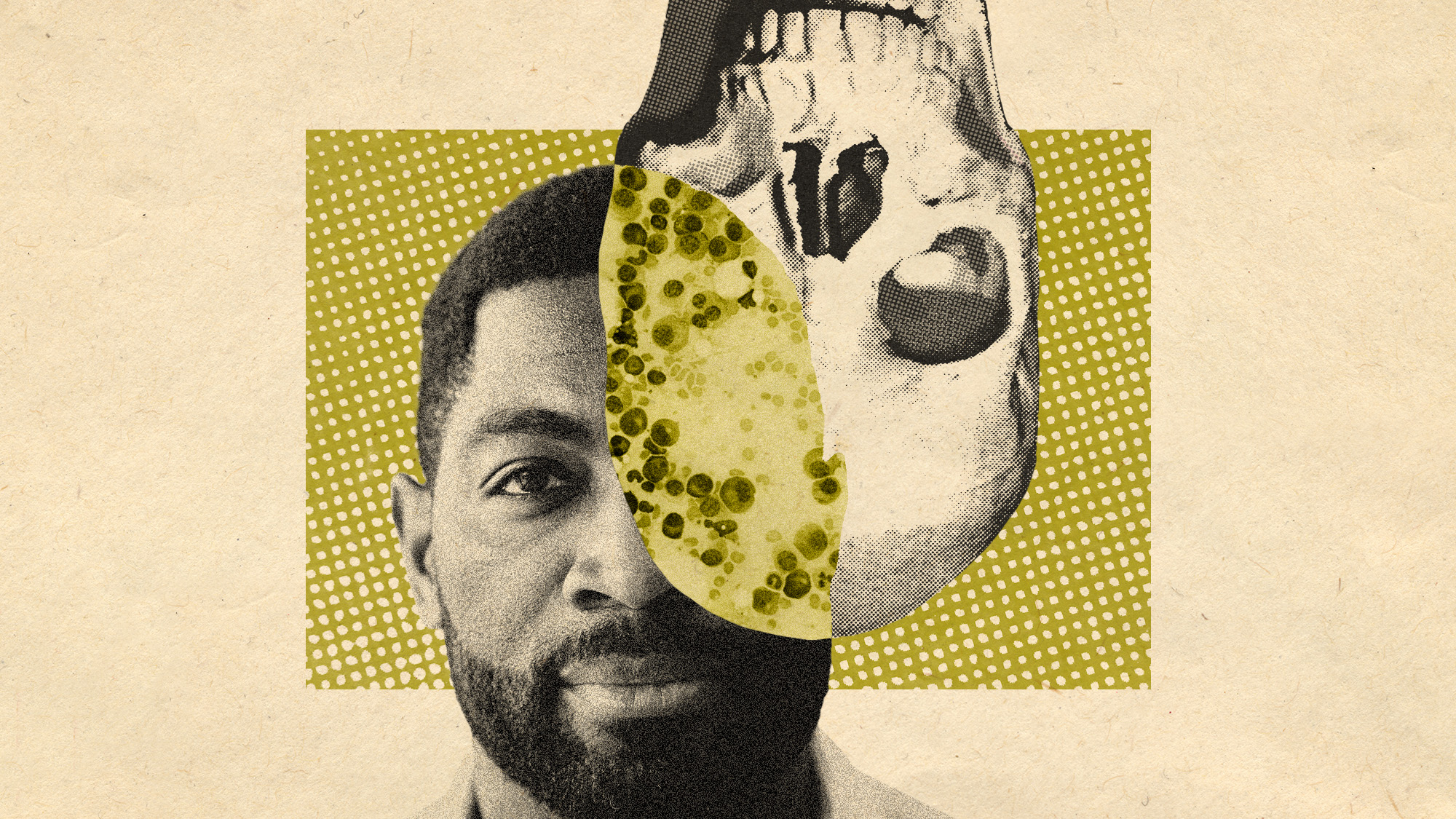
The death of an organism does not spell the end for its cells, according to new research. Cells have been shown to continue to function even after the organism they originated from is deceased, often developing new biological functions. The findings call into question what defines life and death, and open up a new area of medicine.
The cells go marching on
The new research, published in the journal Physiology, suggests the boundary between life and death may not be as clear-cut as previously thought. "Life and death are traditionally viewed as opposites," said study co-authors Peter Noble, a microbiology professor at the University of Alabama at Birmingham, and Alex Pozhitkov, a bioinformatics researcher at the City of Hope cancer center, on The Conversation. "However, the emergence of new multicellular lifeforms from the cells of a dead organism introduces a 'third state' that lies beyond the conventional boundaries of life and death."
There has been a range of evidence that the death of an organism does not necessarily signal the death of its cells, especially with organ, tissue and cell transplants. The new review expands on that idea, looking at other studies showing the "incredible capability of cells to reorganize and take on new forms after the death of the organism," said Earth.com. Essentially, "under the right conditions — when provided with nutrients, oxygen, bioelectricity or biochemical cues — certain cells can grow into multicellular organisms with new functions after death," said IFLScience.
The Week
Escape your echo chamber. Get the facts behind the news, plus analysis from multiple perspectives.

Sign up for The Week's Free Newsletters
From our morning news briefing to a weekly Good News Newsletter, get the best of The Week delivered directly to your inbox.
From our morning news briefing to a weekly Good News Newsletter, get the best of The Week delivered directly to your inbox.
One of the most promising pieces of research was a 2021 study that found the skin cells from dead frogs could spontaneously reorganize to form multicellular organisms called "xenobots." These are "cells that form new roles beyond their original biological function," said Popular Mechanics, like "using hairlike cilia for locomotion rather than transporting mucus." Xenobots also showed the ability to collect material, record information, self-heal and limit replication. Similar results have been found in human lung cells, "which can assemble into miniature multicellular organisms called anthrobots, move around and even repair themselves and nearby neurons," said IFL Science.
Beyond death
Both of those findings "demonstrate the inherent plasticity of cellular systems and challenge the idea that cells and organisms can evolve only in predetermined ways," said Noble and Pozhitkov. "The third state suggests that organismal death may play a significant role in how life transforms over time."
Cells can enter a third state only under certain conditions, however, and researchers are still not sure how they can continue to function after the death of the organism. One explanation, "reminiscent of Frankenstein-style ideas," said Earth.com, "involves a hidden system of 'electrical circuits' that reanimate the cells." Others have posited that when "cells are taken out of context and are no longer exchanging information or signals from nearby cells, different genes can be expressed than what's normal," said Popular Mechanics. The findings have also given rise to the idea that cells may have a level of "consciousness" that allows them to have their own agency.
Exploring this third state "represents a novel and exciting avenue for medical research," Noble said to IFL Science. "Cells in the third state may potentially be engineered to solve medical problems, such as serving as drug delivery systems."
A free daily email with the biggest news stories of the day – and the best features from TheWeek.com
Devika Rao has worked as a staff writer at The Week since 2022, covering science, the environment, climate and business. She previously worked as a policy associate for a nonprofit organization advocating for environmental action from a business perspective.
-
 Women carrying Christmas
Women carrying ChristmasTalking Point As the Christmas frenzy ramps up, many mums feel the pressure of ‘keeping the whole sleigh on the road’
-
 Is Keir Starmer being hoodwinked by China?
Is Keir Starmer being hoodwinked by China?Today's Big Question PM’s attempt to separate politics and security from trade and business is ‘naïve’
-
 A peek inside Europe’s luxury new sleeper bus
A peek inside Europe’s luxury new sleeper busThe Week Recommends Overnight service with stops across Switzerland and the Netherlands promises a comfortable no-fly adventure
-
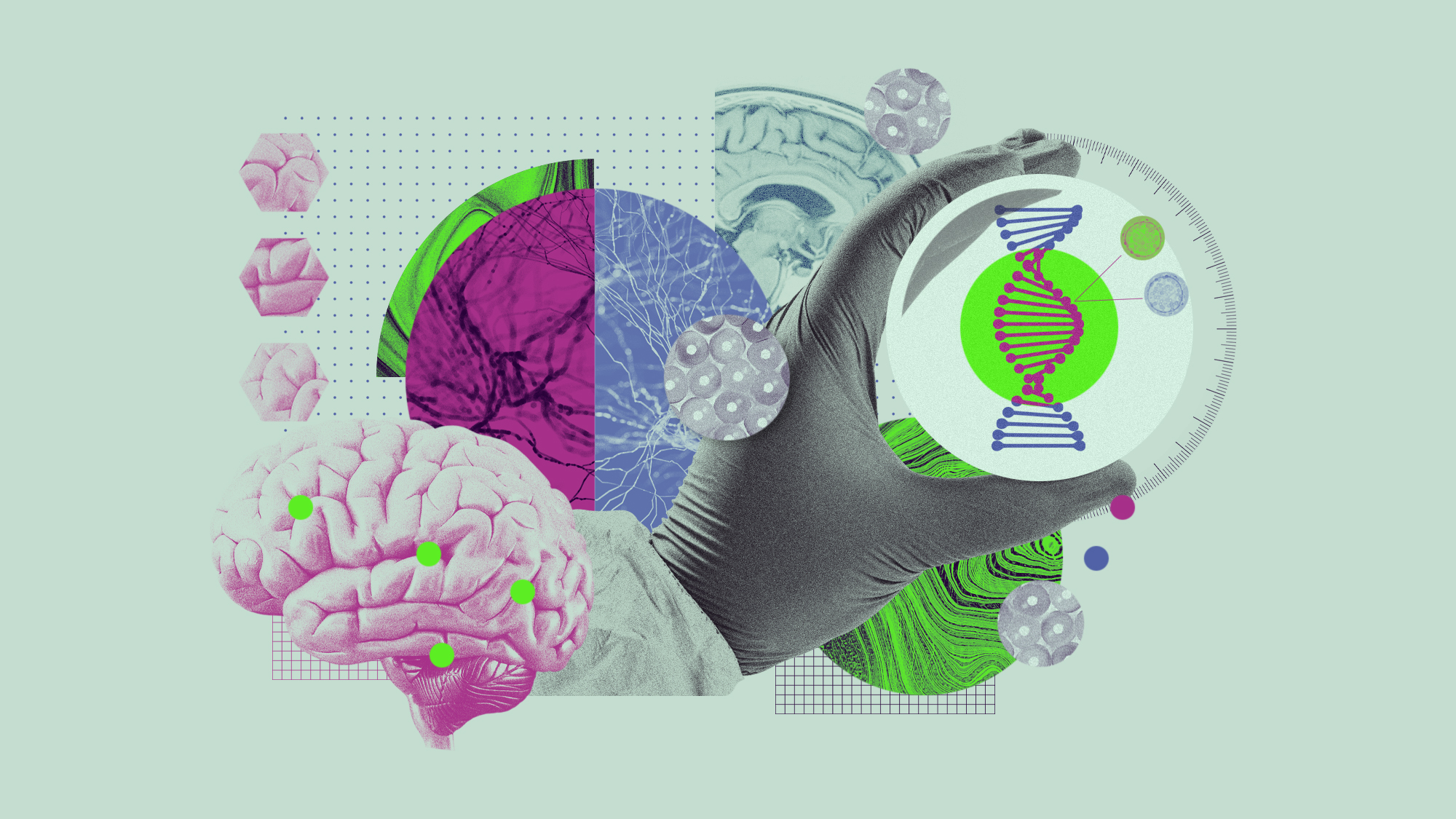 5 recent breakthroughs in biology
5 recent breakthroughs in biologyIn depth From ancient bacteria, to modern cures, to future research
-
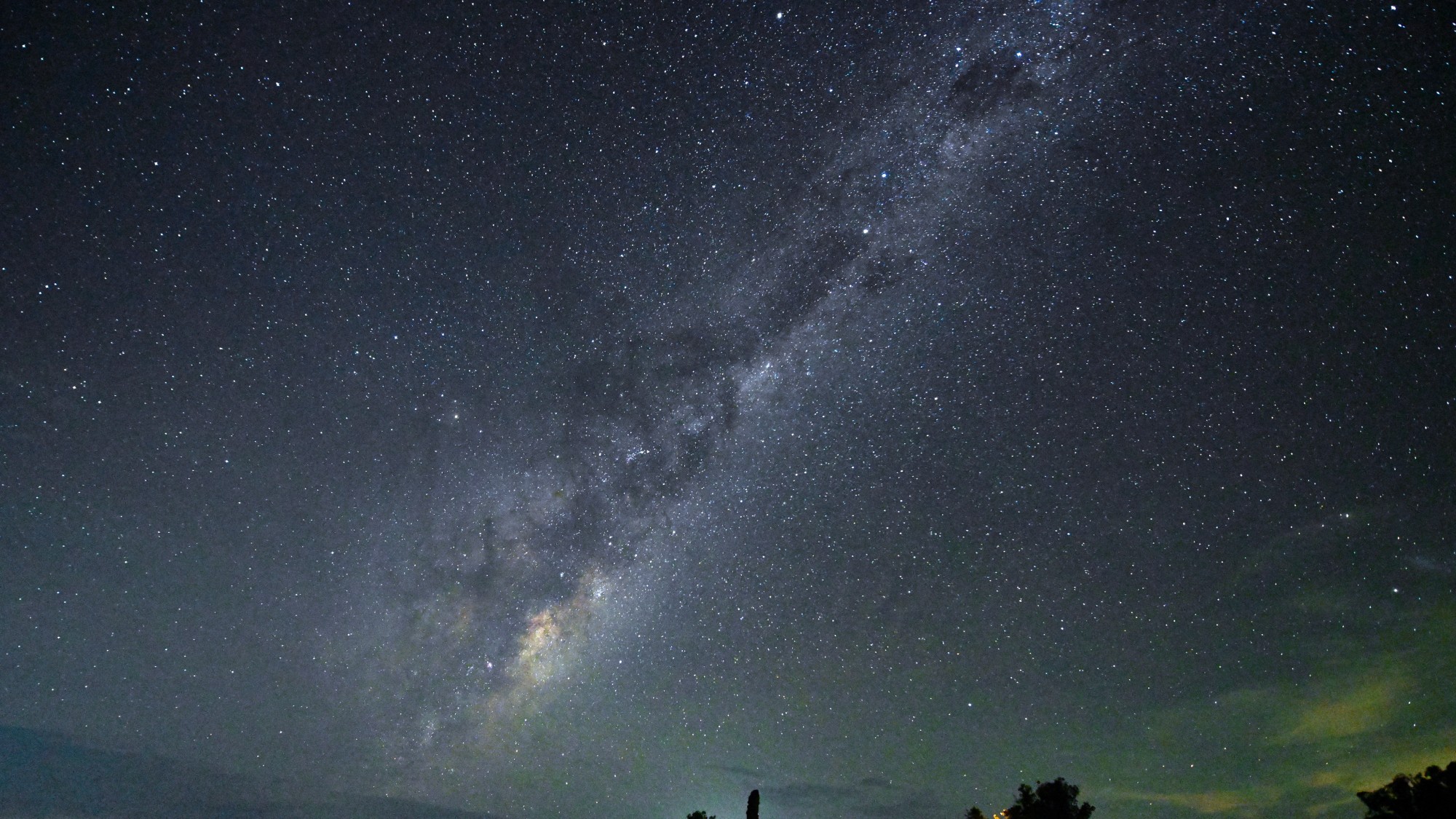 ‘The Big Crunch’: why science is divided over the future of the universe
‘The Big Crunch’: why science is divided over the future of the universeThe Explainer New study upends the prevailing theory about dark matter and says it is weakening
-
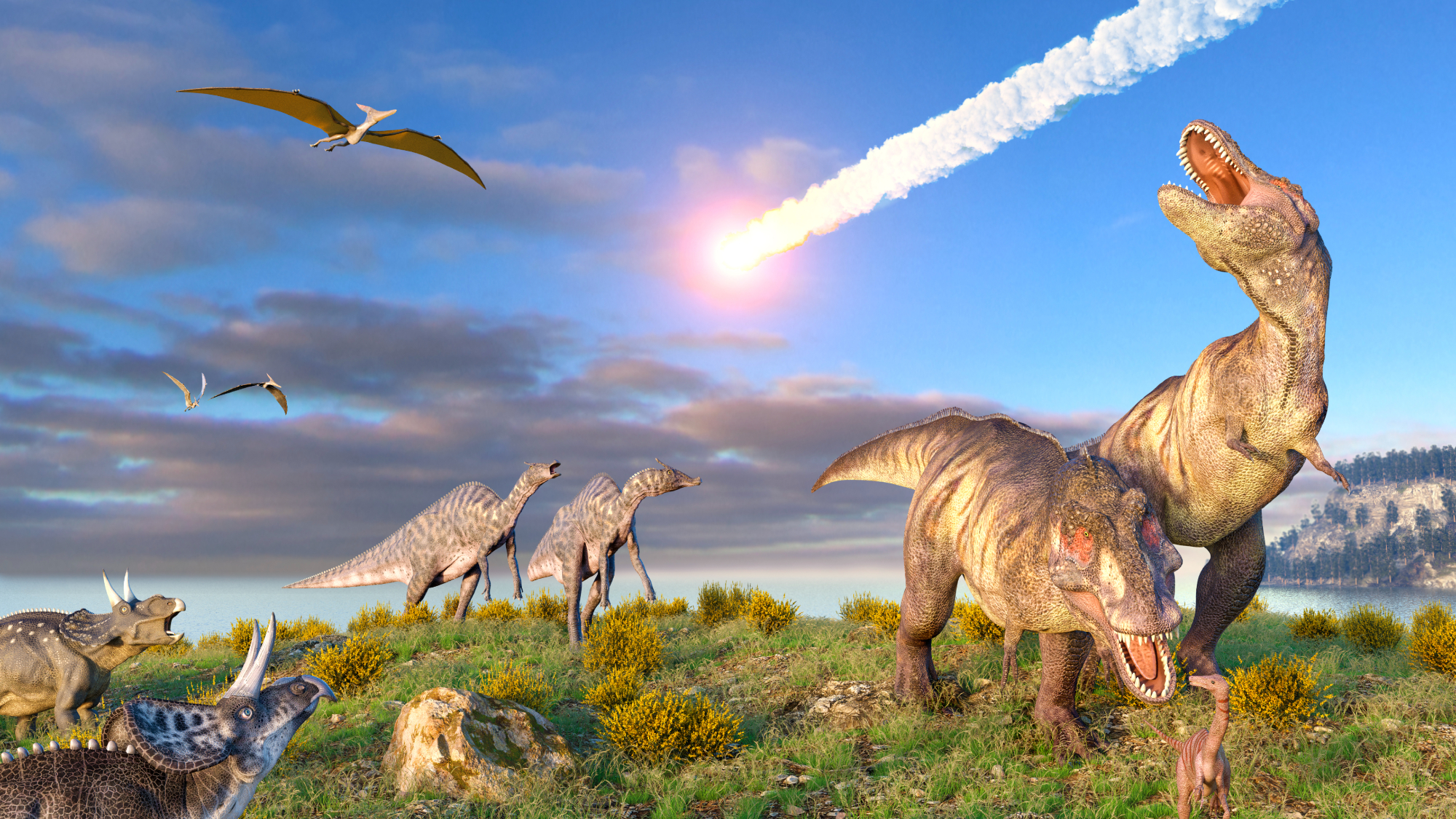 Dinosaurs were thriving before asteroid, study finds
Dinosaurs were thriving before asteroid, study findsSpeed Read The dinosaurs would not have gone extinct if not for the asteroid
-
 The moon is rusting
The moon is rustingUnder the radar The Earth is likely to blame
-
 Africa could become the next frontier for space programs
Africa could become the next frontier for space programsThe Explainer China and the US are both working on space applications for Africa
-
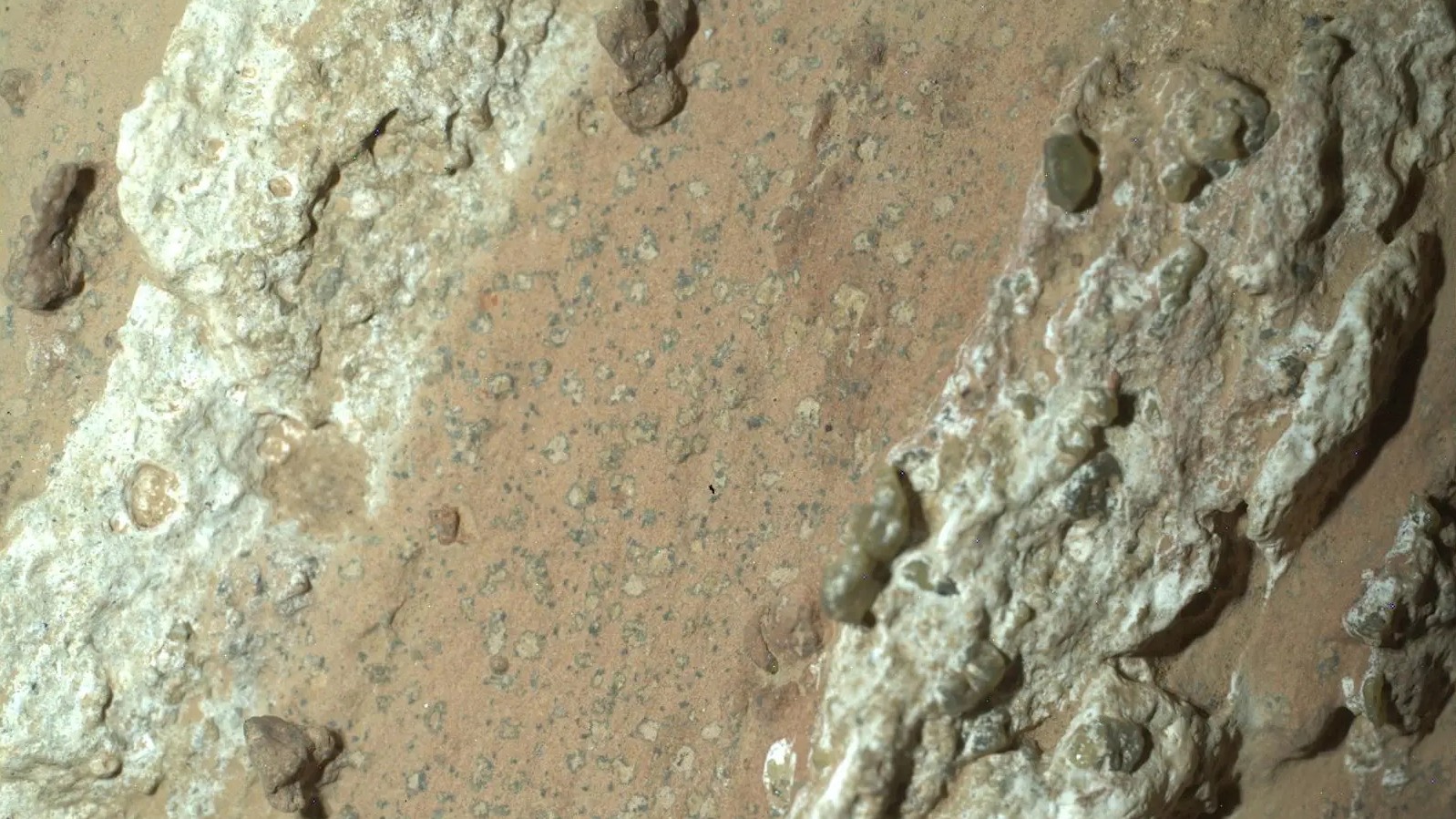 NASA reveals ‘clearest sign of life’ on Mars yet
NASA reveals ‘clearest sign of life’ on Mars yetSpeed Read The evidence came in the form of a rock sample collected on the planet
-
 Canyons under the Antarctic have deep impacts
Canyons under the Antarctic have deep impactsUnder the radar Submarine canyons could be affecting the climate more than previously thought
-
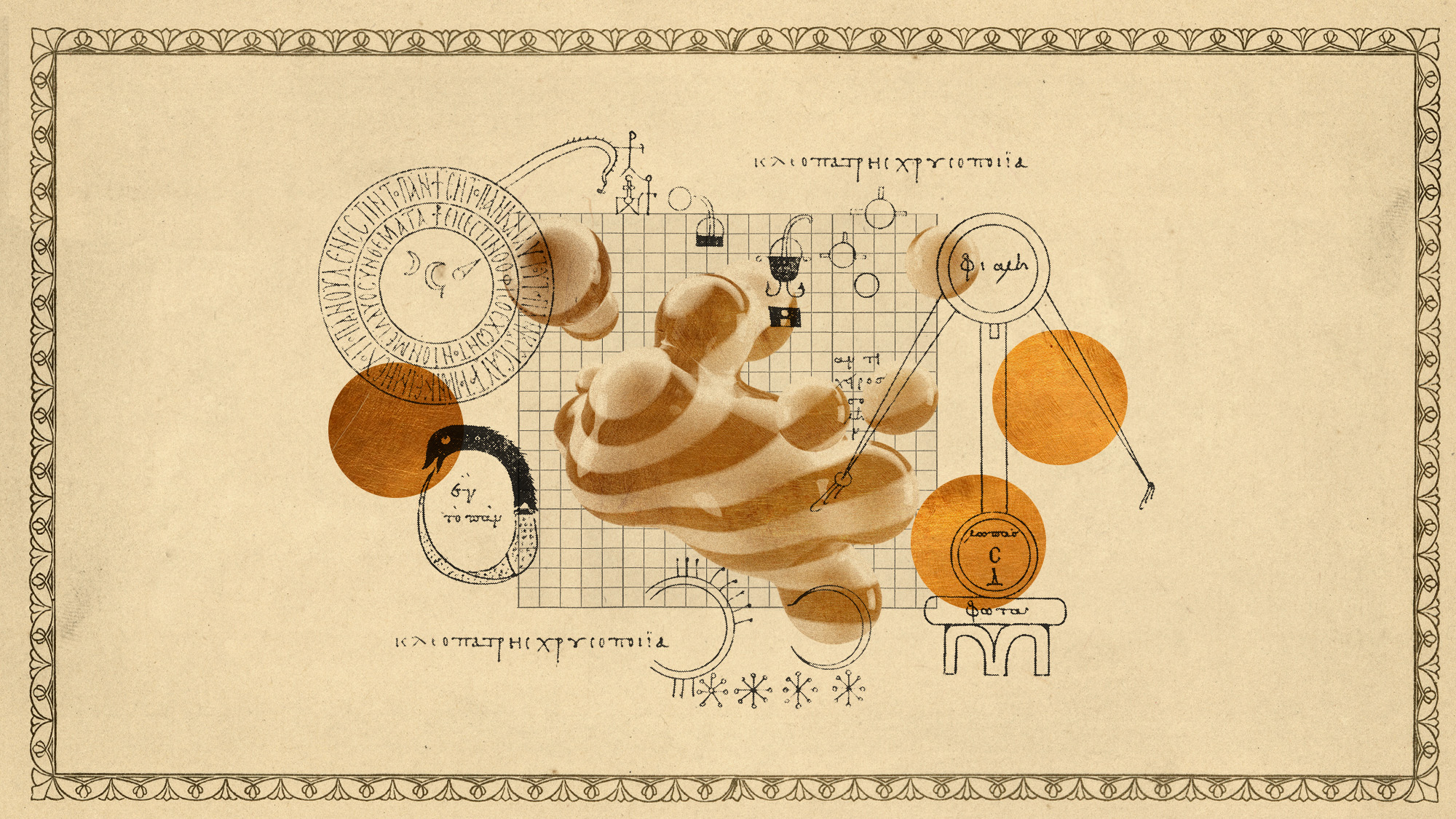 Atoms into gold: alchemy's modern resurgence
Atoms into gold: alchemy's modern resurgenceUnder the radar The practice of alchemy has been attempted for thousands of years
